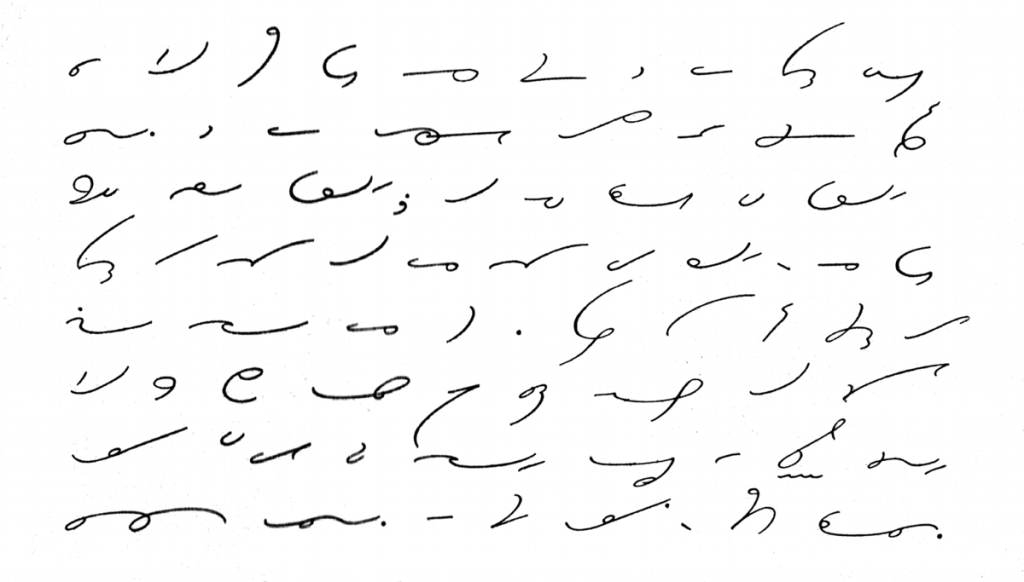Trending Now
We take it for granted that technology has made things so much easier than they were for our parents or grandparents.
Taking notes is almost obsolete nowadays because people can quickly type up, record, or use their phones to document meetings and events. So how did people do this before?
Shorthand script, which looks like strange squiggly marks to people who’ve never seen them, was the best way to do so.
https://www.instagram.com/p/B7pse0GHVuI/
Gregg shorthand was used to make it easier for reporters, writers, stenographers, and secretaries to quickly jot down anything they needed.
https://www.instagram.com/p/B86hBIcHpHm/
This system was one of the most employed and vital ways people kept up with long dictations during the Victorian Era.
John Robert Gregg invented the form of shorthand that was most common in the United States. Thomas Pitman invented a different type of shorthand, employed by English-speakers in Great Britain.
Both types of shorthand were created to help writers take down every word, without having to lose anything that was said. Since people speak much faster than they can write, shorthand script was a great way to ensure accuracy.
https://www.instagram.com/p/B8flP_knT2y/
The idea of shorthand was to reduce the number of lines needed to represent a letter.
Because of its appearance, people who’ve never seen shorthand are likely to mistake it for another language!
https://www.instagram.com/p/B4ZdmrIFQ28/
Of course, learning shorthand may still be valuable in the event that there’s no wi-fi connection as you’re taking notes!
Many artists use this script to make beautiful artwork nowadays.
https://www.instagram.com/p/B2Ni-dFgkHc/
Had you ever seen shorthand of any kind before? Do you think it still has value today?
Tell us why or why not in the comments.






